Research
My research interests broadly apply to the realm of wildlife management with a particular focus on resolving human-wildlife conflicts. Expanding human populations have led to increasing interaction with a variety of wildlife species. In many situations, conflict occurs. Many options can exist for mitigating this conflict depending on each specific situation. It is my goal to develop strategies to effectively reduce this conflict while having the least impact on human and wildlife populations. Examples of current and recent projects include:
Encouraging owl predation of rodents by erecting owl boxes: myth or potential management strategy?: We are assessing the potential utility of owls to manage burrowing rodent populations in agriculture. We plan to use the results from this investigation to identify important parameters that we can focus on for subsequent field investigations.
Collaborators:
Dr. Sara Kross, California State University, Sacramento
Elizabeth Hiroyasu, University of California Santa Barbara
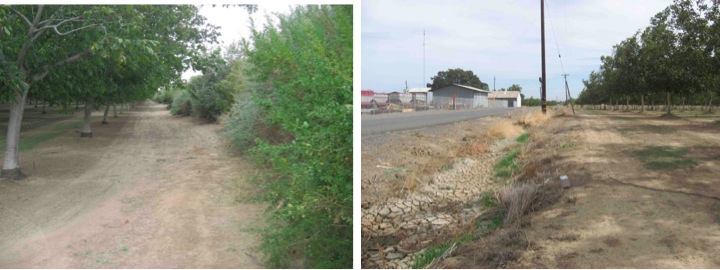
Impact of field border plantings on rodents and food safety concerns: We are determining if hedgerows on the edge of agricultural fields will result in increased wildlife incursions into these fields when compared to barefield edges. Hedgerows provide important habitat for beneficial insects and bird species, but could increase food safety risks if wildlife use them as a staging point to move into fields, thereby increasing the likelihood of food contamination of E. coli, Salmonella, and other pathogens.
Collaborators:
Laurel Sellers, University of California, Davis
Rachael Long, University of California Division of Agriculture and Natural Resources
Dr. Michele Jay-Russell, University of California, Davis
Dr. Xunde Li, University of California, Davis
Dr. Richard Engeman, USDA/APHIS/Wildlife Services-National Wildlife Research Center
A comparison of wildlife usage between native, restored grasslands and pervasive, non-native grasslands: California grasslands are highly altered compared to their native counterparts. Conversion back to native perennial grasslands is considered highly desirable, with purported benefits to native wildlife. However, it is relatively unknown if native grasslands will be favored by native wildlife. We aim to determine if such grassland restoration will promote native wildlife.
Collaborators:
Dr. Kristina Wolf, University of California, Davis
Ryan Bourbour, University of California, Davis
Livestock-recreation interactions in coastal California rangelands: Half of California is publicly owned, with approximately 19,000 ha (47,000 ac) of rangelands converted to other uses each year, leaving the general public and livestock graziers with a dwindling resource base. While the primary use of rangelands for well over a century has been livestock grazing to produce food and fiber, an elevated demand for recreational land has increasingly brought livestock-recreation interactions to the forefront. We seek to better understand this risk and provide guidelines for how this risk can be minimized to continue to allow for multiple use of these increasingly in-demand landscapes.
Collaborators:
Dr. Kristina Wolf, University of California, Davis
Sheila Barry, University of California Division of Agriculture and Natural Resources
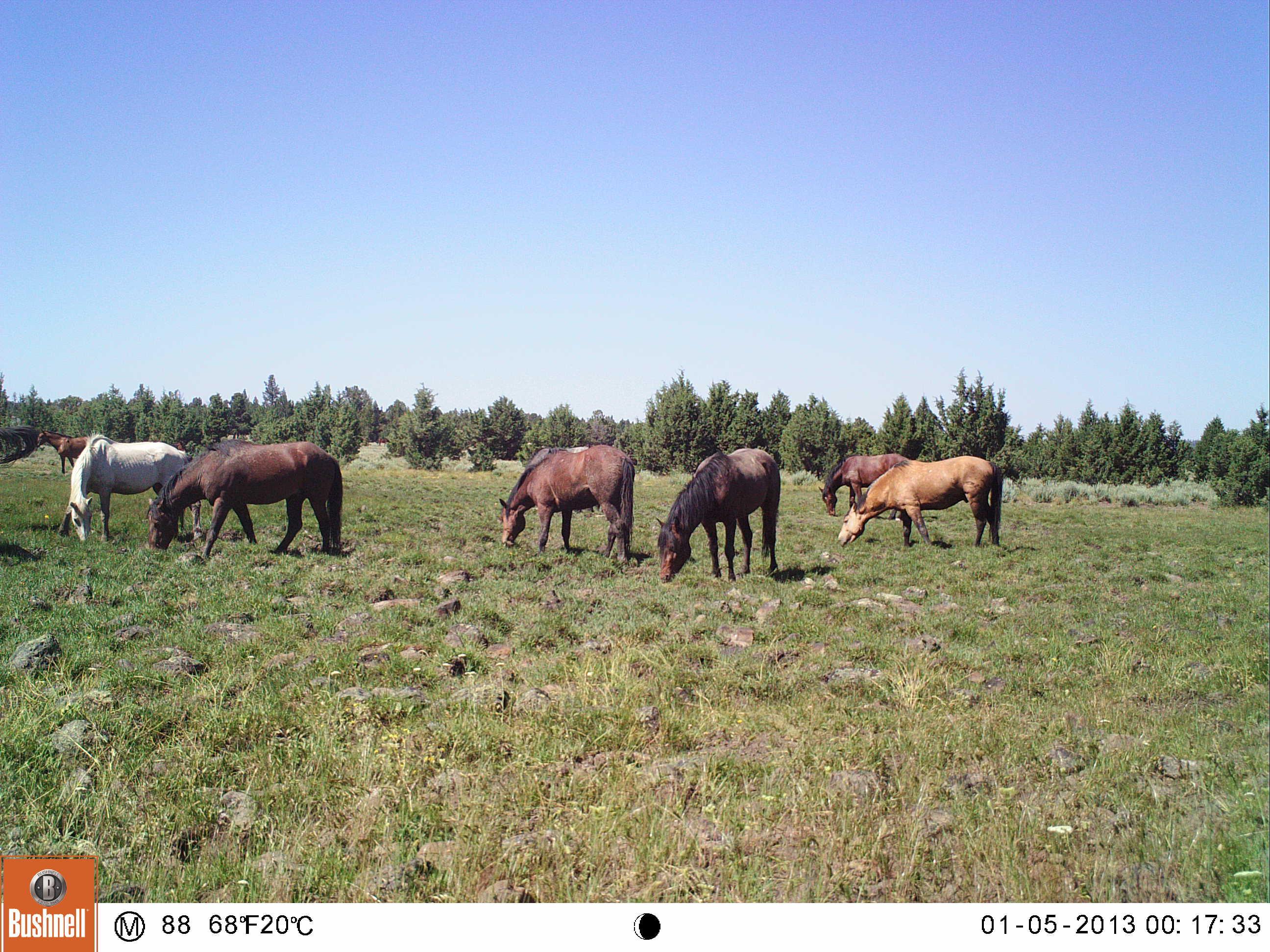
Relative use of feral horses, livestock, and wildlife at spring locations in northeastern California: We are looking at feral horse and burrow use of seeps and springs in rangelands in northeastern California to determine what impact they are having on these important rangeland attributes. We will be relating their usage to the damage they cause to these resources, as well as the impact they have on native wildlife.
Collaborators:
David Lile, University of California Division of Agriculture and Natural Resources
Laura Snell, University of California Division of Agriculture and Natural Resources
Can a combination of cholecalciferol + anticoagulant rodenticides be effectively used to manage rodent pests while minimizing impacts on nontarget species?: We have been testing the efficacy of a combination of cholecalciferol + anticoagulant rodenticides to determine their potential utility for managing rodent pests. These combination rodenticides have the potential to be highly effective while minimizing impacts to nontarget species due to the use of a lower concentration of active ingredients combined with shorter times to death for target species (which minimizes the likelihood that target species will be consumed by predators and scavengers post-consumption).
Collaborators:
Dr. Gary Witmer, USDA/APHIS/Wildlife Services-National Wildlife Research Center
Ryan Meinerz, University of California, Davis
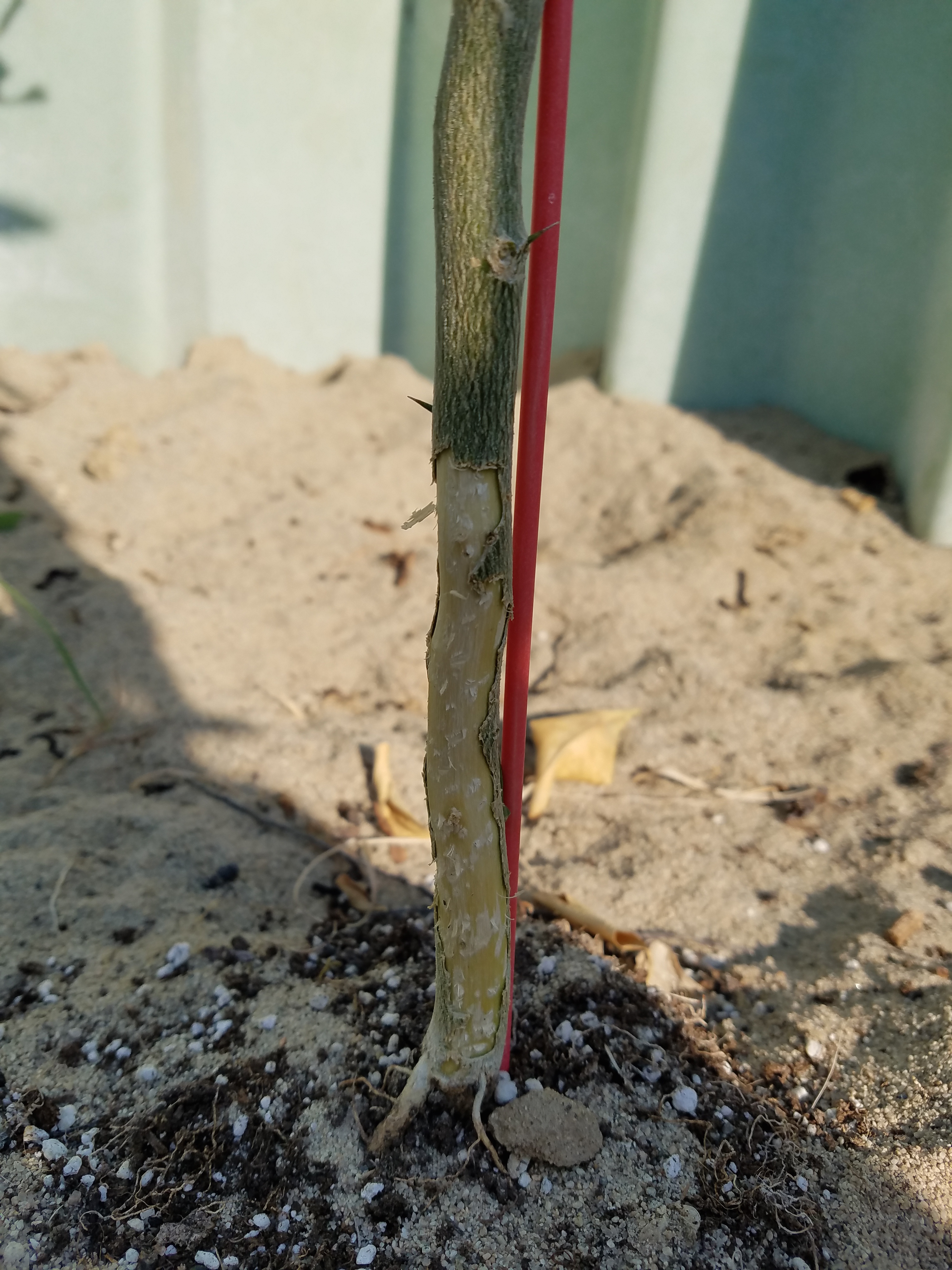
A test of anthraquinone as a vole repellent in citrus: Rodents cause substantial damage to a variety ofcrops including citrus. Recent laboratory research has shown that anthraquinone may be an effective repellent against vole chewing. As such, we are testing whether or not applications of anthraquinone sprayed on the trunks of citrus trees will reduce damage from these burrowing rodents.
Collaborators:
Dr. Scott Werner, USDA/APHIS/Wildlife Services-National Wildlife Research Center
Dr. Gary Witmer, USDA/APHIS/Wildlife Services-National Wildlife Research Center
Ryan Meinerz, University of California, Davis
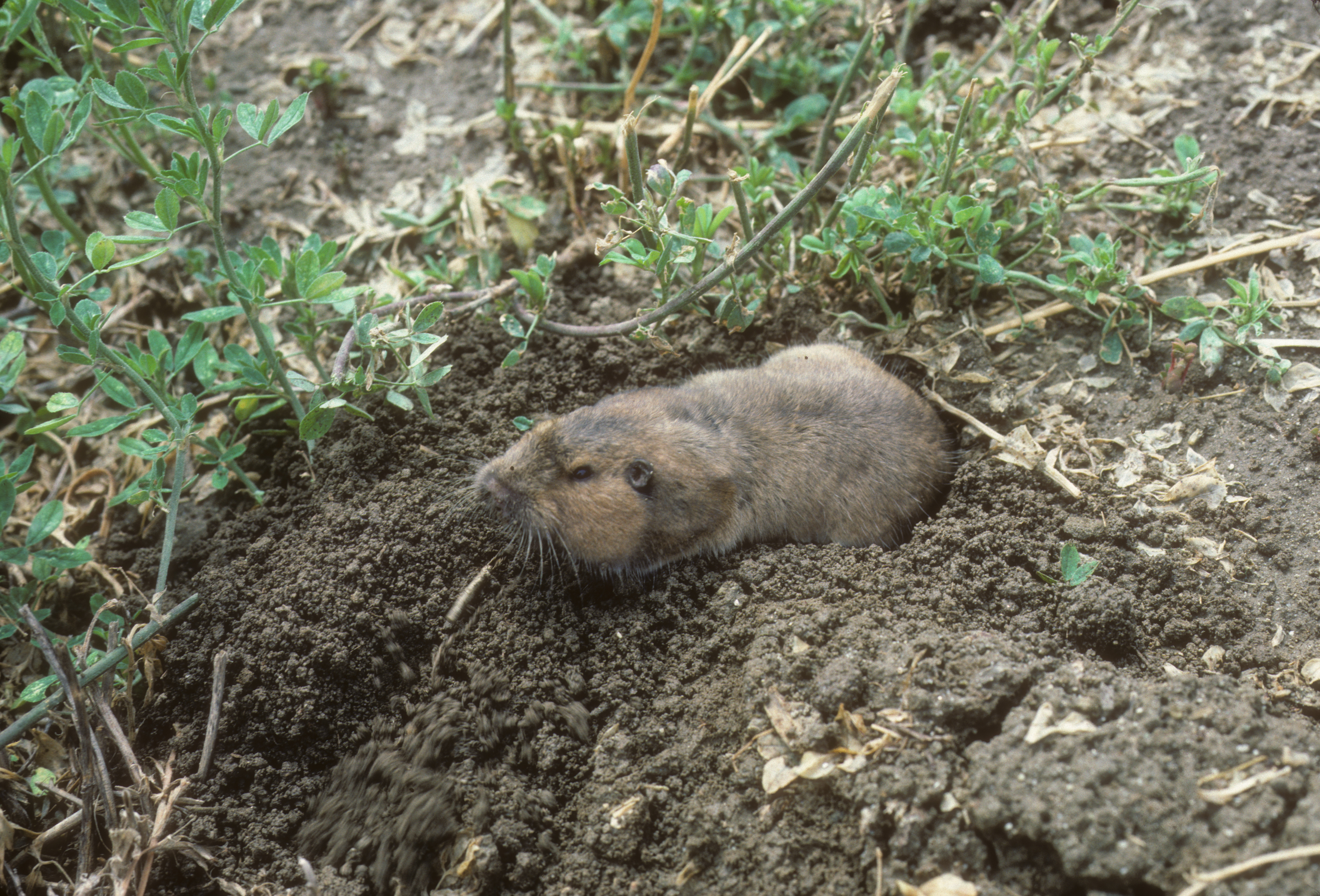
Development of an integrated pest management (IPM) approach for mitigating pocket gopher damage to subsurface drip irrigation (SDI) in alfalfa: The use of SDI has increased in agricultural fields in CA in recent years given increased awareness of the need for water conservation. However, incorporation of SDI into alfalfa fields continues to be dificult given the extreme propensity for pocket gopher damage to SDI tubing in alfalfa fields. We are working on methodologies that an be incorporated into an IPM program to mitigate pocket gopher damage in these fields to promote increased usage of this water saving irrigation strategy.
Collaborators:
Dr. Dan Putnam, University of California, Davis
Ryan Meinerz, University of California, Davis
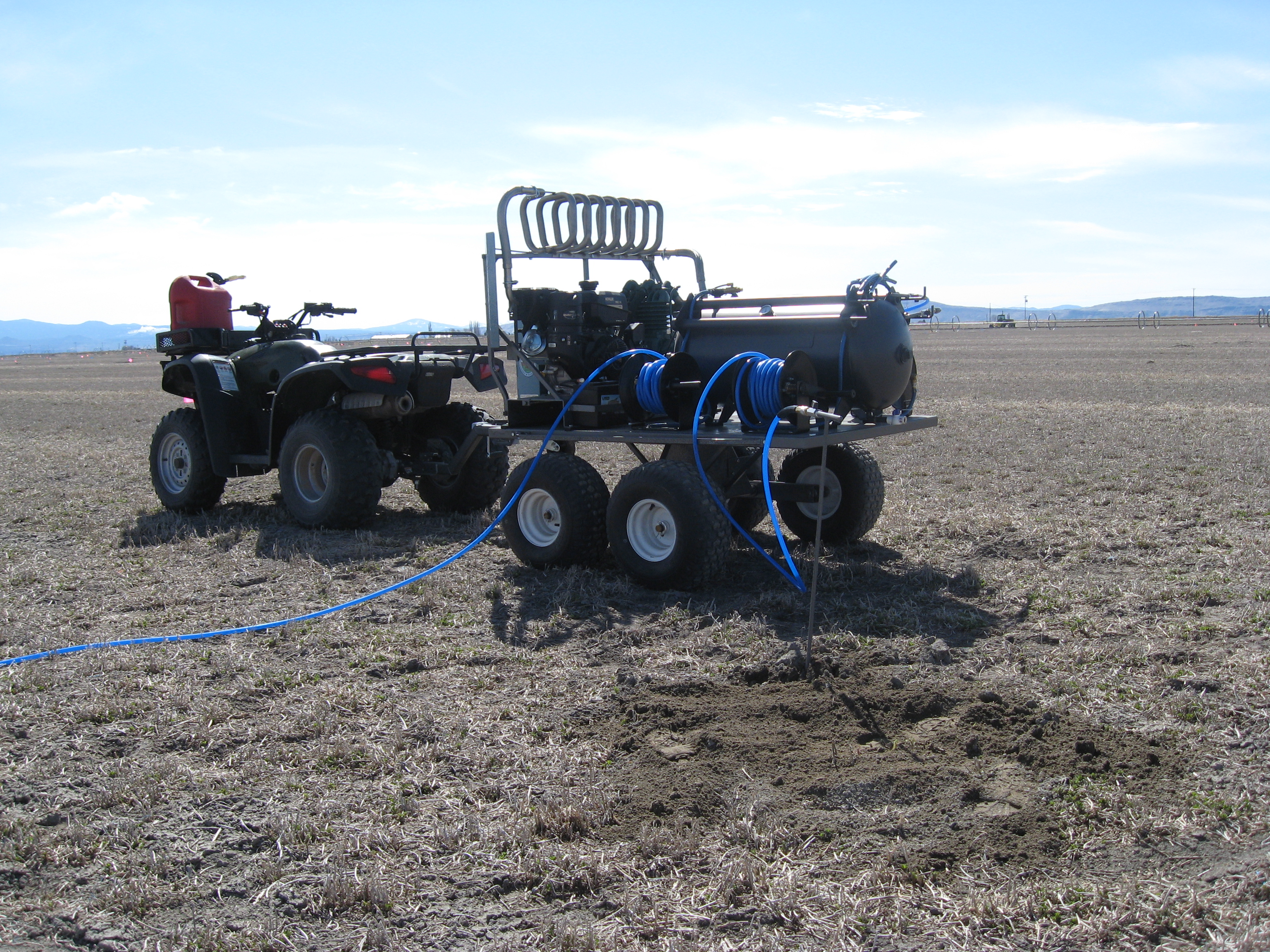
Is pressurized exhaust an effective tool against burrowing rodents?: Burrow fumigants are a management tool used to mitigate rodent damage. Until recently, only gas cartridges and aluminum phosphide were registered for use in California for managing burrowing rodents. However, as of 2012, pressurized exhaust machines were legalized for use, although their efficacy and cost effectiveness were unknown. For several years, we have been testing these machines for ground squirrel and pocket gopher management.
Collaborators:
Steve Orloff, University of California Division of Agriculture and Natural Resources
Ryan Meinerz, University of California, Davis
Dr. Matt Kavermann, Lincoln University, New Zealand
Assessing efficacy of zinc phosphide-coated cabbage for Belding’s ground squirrel control:
Belding’s ground squirrel causes substantial damage in alfalfa fields in northeastern California, yet few effective and practical management options are available for managing this species. As of 2015, a zinc phosphide-coated cabbage bait was approved for managing this species, yet little data exists on the efficacy and cost-effectiveness of this approach. We established a study to address these questions, as well as an assessment of potential non-target impacts of this baiting program
Collaborators:
Heather Halbritter, University of California, Davis
Steve Orloff, University of California Division of Agriculture and Natural Resources
David Goldade, USDA/APHIS/Wildlife Services-National Wildlife Researc Center
